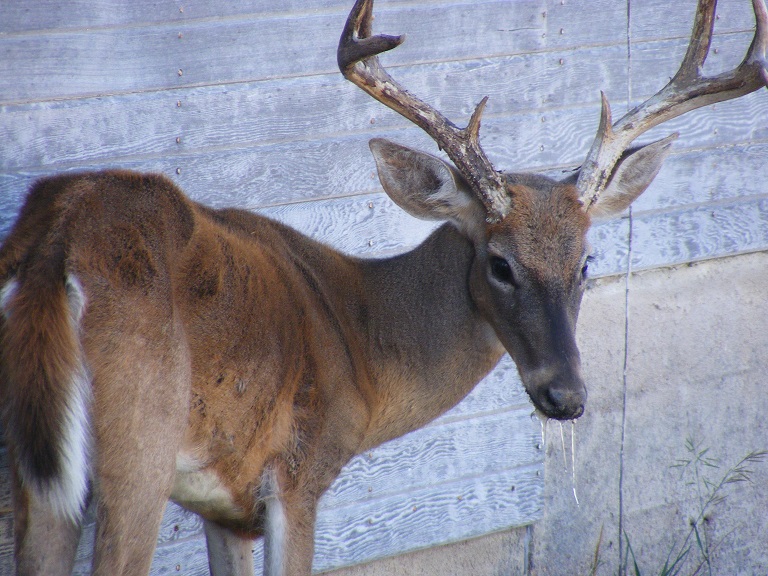H. Yturria Land & Cattle Company
Wednesday, September 30th, 2015This is Passport to Texas
Take a ride with Danny Butler around the Punte del Monte Ranch in deep south Texas and you start to get an idea of his appreciation of all things wild.
09—We have a lot of white-tail, a lot of turkey, lots of quail. In my opinion, it’s better habitat now than it was 150 years ago.
The Butlers are the 2015 Lone Star Land Steward Award recipients for the South Plains Ecoregion. Three generations of Danny’s family owns and operates the 23-thousand acre ranch; they and their ancestors have been at this a long time.
08—Going on 160 years, which is getting rarer and rarer in Texas that lands pass through generations and generations and stay together.
Their H. Yturria Land & Cattle Company has become less reliant on cattle and more focused on wildlife, including hunting. To make the habitat work for wildlife, they improved water resources on their land. Randy Bazan is ranch foreman.
06—We’re roller chopping this pasture here. It makes an indentation in the soil, and that helps gather our rainfall.
This improves the diversity of forbes and grasses, making the land more productive. While native wildlife hunts make up the bulk of the ranch income, the family’s expanded into exotics. Richard Butler.
08—If you don’t diversify, get other sources of income coming in from the property you’ve got, eventually you won’t have the property.
Nominate a landowner for a Lone Star Land Steward Award. Find out how ion the Texas Parks and Wildlife website.
For Texas Parks and Wildlife, I’m Cecilia Nasti.




 Passport to Texas is a
Passport to Texas is a  Passport to Texas is made available by:
Passport to Texas is made available by: